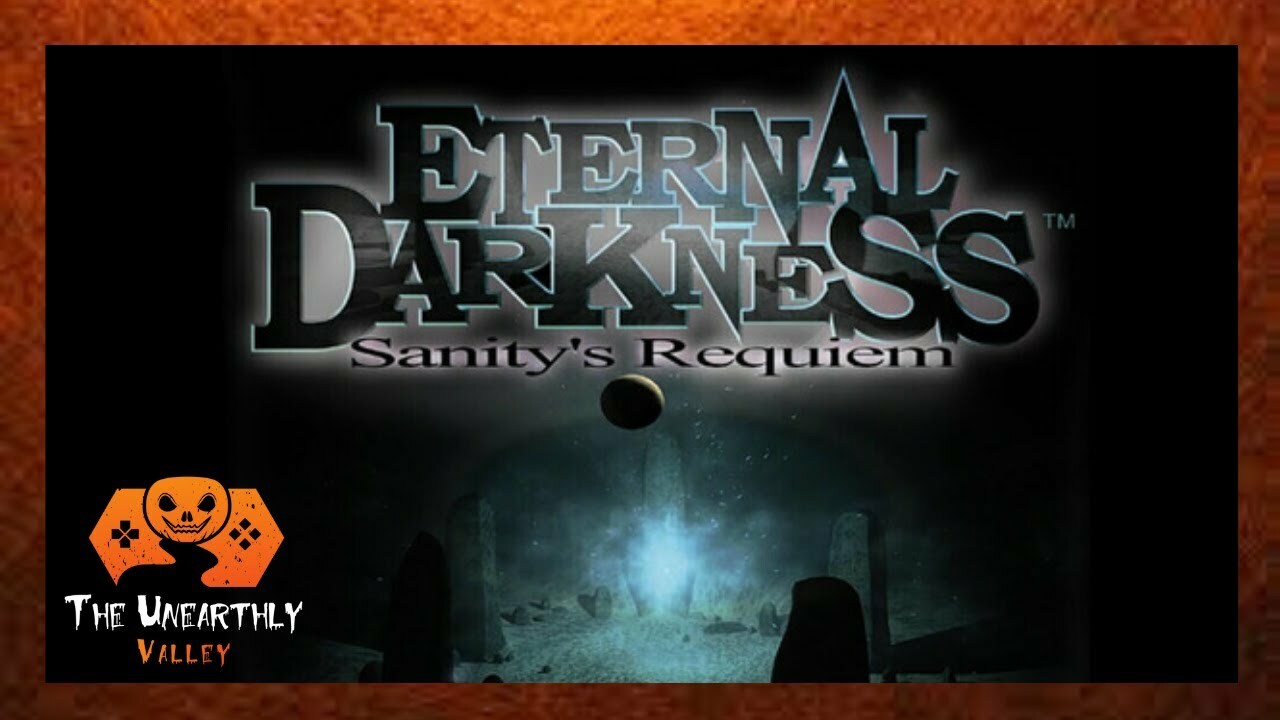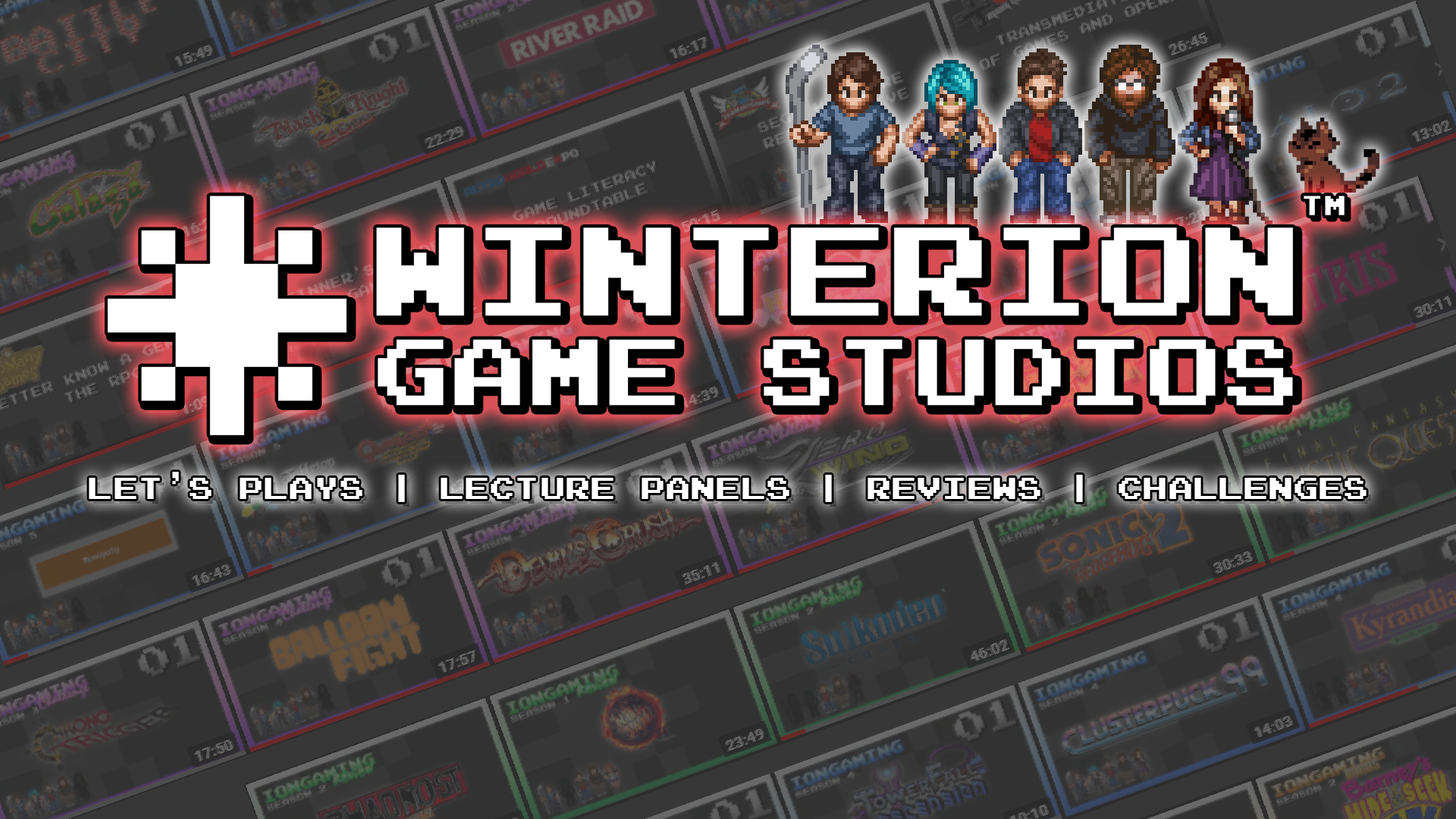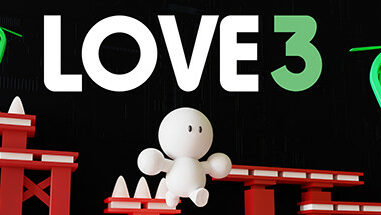Share
After almost ten years since its initial release, Don’t Starve still stands as an enigma. Even though it is compared to other breakout indie games from the early 2010s like Minecraft and Tererria, Don’t Starve took the road far less traveled by, and it’s still paying off to this day.
Don’t Starve was developed by Klei (it rhymes with play), a Canadian indie studio founded in 2005 by Jamie Cheng. They were a studio known for treating their employees well, minimizing overtime, and allowing their team creative freedom. They did have an issue, though, the same issue as all indie developers; how do they become self-sustainable without publishers? Klei had also become known for games like Shank and Mark of the Ninja, both 2D sidescrollers, but wanted to try something new.
The concept for Don’t Starve was first conceived in December 2010, during one of their company’s yearly game jams (a time when game devs try to make a game within a few days, primarily just for fun). Two developers at Klei, Kevin Forbes and Ju-Lian Kwan created the prototype that would be later used as a basis for Don’t Starve. The prototype had basic mechanics like a health meter and a day and night cycle, two aspects that would become key in the final game. At the time, the team was still working on Mark of the Ninja, so they couldn’t focus directly on creating Don’t Starve. But the concepts they made stuck with them. After releasing Mark of the Ninja and Shank 2, CEO Jamie Cheng wanted to provide his employees more sustainability since they constantly had to push to meet publisher deadlines.
Klei had struggled to find publishers for Shank years prior, with Cheng describing it as “The worst time in my life.” But it soon got picked up by EA, which was just barely enough to pay the bills and ship the game. It was enough of a wake-up call that Cheng knew something big needed to change within his company. It came slowly, but they decided to forgo a publisher and create a new IP a few years later.
“Don’t Starve was basically our grand experiment, that’s how we saw it,” said Cheng in an interview with gamesindustry.biz in 2013.

The Grand Experiment
Klei set out with the plan to create a game as quickly as possible and put it on the Google Chrome store as a free-to-play title. It was aptly named “Project Not Sidescrolling,” as they had previously only done sidescrollers. They wanted to get the game in the hands of players as soon as possible to get feedback and improve the game further. Klei had pitched the idea to Google and iterated upon their initial concept. They started with the main player becoming the mayor of a town, and having pig-like men inhabiting said town. The player would have to keep the inhabitants happy and could spend real-life money on items to bring in more townspeople. Another part of the game saw players going out into the wilderness to collect resources for their town. Although this was the idea Klei had pitched the Google, the game would quickly evolve into what we know it as today.
The first aspect worked on was the adventure in the wilderness. The devs wanted to create a dynamic world with a fun gameplay loop with things like crafting traps to catch food and picking up flint and sticks to make an axe and get firewood to cook whatever you caught in the trap. The wilderness initially had different levels, all of which were handcrafted. There were also small goals and quests for the player to achieve to give them some sort of direction.
In an interview with Noclip, Cheng said that it had turned into what it is now after three months of development, an uncompromising survival game, which is the tagline for the game. They had quickly learned that the idea of giving goals or quests to the player was counterintuitive to the design of the game. Klei was adamant about not having a tutorial and making players explore and discover independently, so giving them random directions felt odd. Playtesters for the original build would get bored after a few minutes once they completed the goal laid before them. Cheng wanted the game to be fun for fun’s sake, not because there was some reward or goal at the end. Don’t Starve took massive inspiration from roguelikes, incorporating things like permadeath and procedurally generated worlds instead of handcrafted ones. With no tutorial, no direction, and an extremely punishing world where if you died, you had to start from scratch, Klei knew people would either love or hate their game. Cheng described the game they had pitched to Google as “something completely different” compared to what it is now. But after showing them the new build of the game and all the changes they made, Google was happy with the changes and liked what Don’t Starve had become. In the summer of 2012, a beta version of Don’t Starve was released on the Chrome Webstore.
It was not a massive success right away, the game was rough, and they released it in the beta version so they could gather player feedback about what worked and what didn’t. Despite the rough version, players kept coming back and would share the game around. When an updated paid beta version was released, Cheng decided to give away a free copy of Don’t Starve to whoever bought it. So if players found the game interesting, they wouldn’t have to convince their friends to buy it; they could just give it to them. Giving away free copies may seem odd, but Cheng said it helped them succeed;
“From a business perspective, I felt like if we can build a strong community and we can test with the players as we go along, we’ll have a much better chance of that spreading over time.”
Building a Community That Gave Back
Players also did something Cheng didn’t expect, they gave some of their free copies to their favourite YouTubers and streamers, who would then play them, giving Don’t Starve tons of new eyes.
One of the main tentpoles that make Don’t Starve so addicting is player discovery. Since the game is constantly updated, hardcore and casual players will always find new things and uncover new mysteries. This leads to further discussion and ensures there is always a fun gameplay loop to keep players hooked. Before the game had even launched, for $15, the updated beta version of Don’t Starve had sold 300,000 copies. Klei had amassed a healthy community where forums would fill with discussion about what worked within the game and what didn’t. The developers were highly transparent with implementing change and suggestions, even adding one of Don’t Starve’s main mechanics, food spoilage, after a player spoke about it on the game’s main forum.
On April 23, 2013, the 1.0 version of Don’t Starve was released on Steam to much critical acclaim. As Klei anticipated, critics and players either loved or hated how harsh and uncompromising the game was. Don’t Starve had sold a million copies by the end of the year. Things were just heating up, though, as regular updates added whole new terrains like underground caves, and an update titled “strange new powers,” which gave all the playable characters attributes that would help and hinder them during gameplay. Klei had a massive success on their hands, but little did they know that this was just a single drop, in the endless ocean that would become Don’t Starve.

On April 14, 2014, the first of many significant expansions released for Don’t Starve, titles reign of Giants, which added new characters, new seasons, and giant, boss-like enemies. But the conversation, both with players and developers, focused on whether Don’t Starve would work as a multiplayer game. In the beginning, Klei ruled out the possibility entirely. During this interview with Gamezone in 2013, Klei community manager Corey Rollins said this when asked why the company was so honest about there being no possibility of multiplayer-
“Yeah we purposely did that, stickied at the top of our general announcements. We wanted to be honest about it because we didn’t want people to think we thought multiplayer was stupid or something. It was a matter of us promising a kickass single-player game. It’s a game about being lonely and lost. We thought about it really hard and it just wasn’t a good fit for the game. We wanted to focus on those two week updates and building this world with the community. But yeah, we just wanted to be really open and transparent with it.”
Surviving Together
Jamie Cheng even commented that Kevin Forbes, one of the original game designers, was starkly against a multiplayer aspect of Don’t Starve. Further in his interview with Noclip, Cheng says that he would interview possible new employees for a year and a half, asking them if they thought a Don’t Starve multiplayer would work. He was clearly convinced, and in hindsight, many worries about multiplayer would easily be addressed.
Even though more players would get things done quicker, that meant more mouths to feed, and more characters to cloth and make weapons for, and so on. Resource scarcity was still a thing, so with more characters to keep alive, that meant players had to do a lot more with the same amount available to them. The main argument against multiplayer was that it would ruin Don’t Starve’s atmosphere of being a lonely and moody survival game. Maybe multiplayer made it less lonely, but it would be fun to discover new mysteries and tackle the harsh world of Don’t Starve with friends.
On May 5, 2014, Klei announced on their official forum that Don’t Starve was officially getting a multiplayer mode titled Don’t Starve Together. The Alpha was slated to by the summer of that same year and it would incorporate both the base game and the Reign of Giants expansion. In the forum post, Klei clarified and explained why they chose to go ahead with multiplayer after fans thought they would never do it, saying-
“We promised we would make Don’t Starve the best single-player game that we could. To us, this meant using the resources that we had allocated to Don’t Starve and keeping them focused on delivering on that promise. We were not willing to sacrifice our goals for the game to work on a multiplayer version. This was the point we tried to get across in our original decision. As we developed Don’t Starve, multiplayer slowly turned into a hot button issue in the community. Ok, let’s face it¦ it was always a hot button issue. A lot of people have voiced their feelings that multiplayer would be perfect in Don’t Starve. However, at the time we didn’t have the resources to make it happen and we weren’t confident that it would actually work both in concept and implementation. It was (and still is) important to us that multiplayer would not only be interesting for you to play, but also something that we would feel proud of creating.”

Further in the post, Klei admits to secretly hiring more people to work on the multiplayer mode. In a 2015 interview with Gamereactor, Seth Rosen, the Lead Designer of Don’t Starve Together, said the team had grown to about fifteen people, which was the largest it had ever been.
After building a prototype and working on it for six months, Klei had a massive office-wide Don’t Starve Together game. An early access version was released on Steam in December 2014. The full 1.0 version was eventually released in April 2016, with Klei once again giving anyone who bought the game an extra copy.
In July of 2015, Don’t Starve released on the iOS mobile store. And on the first of December in the same year, Don’t Starve would get another massive expansion titled Shipwrecked, in which things like island life and boats became a massive part of exploration and survival. An Android version of the game would release in October of 2016, with another expansion titled Hamlet, coming in November 2018. Things were going well for all things Don’t Starve, but things would keep evolving for Klei years later.
Preparing to Survive
In a post to their forum on January 22, 2021, almost a year ago, Jamie Cheng announced that Tencent, a Chinese video game developer and publisher, had bought a majority share of Klei. Tencent owned major game developers like Riot, Epic Games, & Activision Blizzard. Longtime fans of Don’t Starve worried about what this meant going forward for the series and Klei. Cheng would calm players worries about Klei losing the autonomy of their studio in the forum post, stating-
“As part of this agreement, Klei retains full autonomy of creative and operations across all aspects of the studio, including projects, talent, and more. We looked at a lot of different companies, and over the years, we’ve worked with a large number of publishers and distributors. Tencent is the only company that we felt would let us retain the level of control that we demand. We’ve been working with Tencent for years and even at points where we disagreed, they were always willing to work with us to find the best solution for everybody involved and defer to us when we felt strongly.”
Tencent helped publish Don’t Starve in China in 2016, becoming a massive part of their player base. Cheng further said that there isn’t much more going on behind the scenes other than some “boring accounting changes.”
As of January 2022, not much has really come from the Tencent influence. Don’t Starve has carried on as it normally has, giving players roadmaps for what to expect for content each year. A mobile spin-off game called Don’t Starve New Home was released in October of 2020 and is free to play. It’s essentially a slightly watered-down version of Don’t Starve that emphasizes base-building a lot more. What’s more surprising is that New Home features gameplay philosophies that go against the original game’s design. There’s a tutorial, forced story sections, and even gives the player quests and objectives, something the original team said didn’t work when developing Don’t Starve back in 2012/2013. Kevin Forbes noted these sentiments in his 2014 GDC talk about Don’t Starve. Regardless, New Home still exists, and was published by Tencent.
So after more than fifteen years, what can be learned from Klei? Firstly, Klei is still known for treating its employees very well. Keeping his staff and not overworking them has been a big philosophy with Cheng, as stated in his 2013 Polygon interview –
“My goal was to build a company that could survive for many, many years. For 20 years, for longer. And the only way that any company’s going to be able to do that well is by retaining staff. And I looked at the waste of talents leaving other studios. And I was just like, that’s super expensive; you guys are so shortsighted.”
It shows that if you treat people well and give them creative freedom, they’ll go above and beyond and be inspired to do great work. Klei is also incredibly transparent with their player base, letting them become a part of the development and lending their voice to creating the Don’t Starve. Cheng’s idea to give players free copies of the game back in the day, something other developers wouldn’t even dream of, was not only great for players but ended up panning out very well business-wise for Klei, as it only grew their notoriety. The developers are vocal with what they think won’t work, but they still try to implement the changes players want. The entirety of Don’t Starve shows that even if certain genres or game mechanics might scare off a general audience, there is still an audience at the end of the day. And if you stick with that idea and iterate upon it, it will pay off. Sales figures aren’t known for Don’t Starve & Don’t Starve Together, but it has easily sold more than just a couple million copies. Don’t Starve evolved dramatically from the days of being named Project Not Sidescrolling, and it continues to have a massive community and player base surrounding it. Jamie Cheng did what he set out to do: make incredible games and an even better home for those he works with. If I can speak personally for a moment, I’ve been playing Don’t Starve casually since 2015. It was one of the first games I played on my PS4, and I’ve since bought it on multiple different platforms. I developed friendships around this game and had many long nights trying to figure out how to keep my friends and me alive during the winter and summer seasons. Don’t Starve Together was really there for me during the first year of the pandemic and gave my friend group a distraction every night from how lonely the real world felt. It was the first game that made me realize I love survival games and games that provide an uncompromising challenge. So thank you, Don’t Starve, and all of Klei, for so many great memories.




